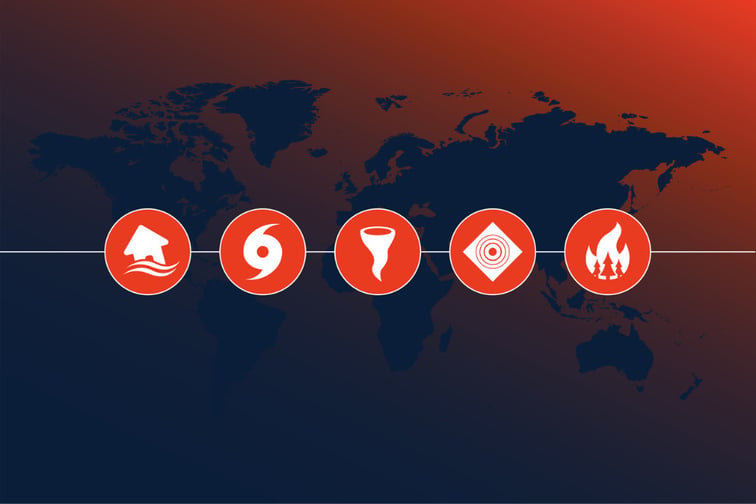

Natural catastrophe losses have surpassed average levels in the first half of 2023, as the arrival of El Niño declared by the National Oceanic and Atmospheric Administration (NOAA) and the World Meteorological Organization (WMO) is expected to further influence global weather and climate events throughout the year, according to a new report from Gallagher Re.
The report found that total direct economic losses from natural hazards for the first half of the year were preliminarily estimated at US$138 billion. The impact of US thunderstorms and the global effects of El Niño contributed to these losses.
Out of the total losses, approximately US$52 billion were covered by private insurance or public insurance entities, leaving a protection gap of US$86 billion, representing a 63% gap, Gallagher Re reported. Specifically, the economic losses related to weather and climate events, excluding earthquakes and non-atmospheric-driven perils, amounted to US$92 billion, with US$46 billion covered by insurance. These figures are subject to change as more data becomes available in the coming months.
Severe convective storms (SCS) played a dominant role in the insurance industry's losses during H1 2023. The active weather pattern led to widespread outbreaks across the United States, resulting in insured losses of at least US$34 billion. Continued loss development may make 2023 the costliest year for US SCS insured losses in the first half, potentially surpassing the record set in 2011. The US accounted for 76% of global insured losses across all perils. Additionally, thunderstorms in Europe during June led to significant insurance claims in parts of Germany and France.
Overall, the preliminary insured losses for H1 2023 were 18% higher than the decadal average (US$44 billion) and 39% higher than the 21st Century average (US$38 billion).
“The physical risks associated with natural hazards, and the financial and human costs associated with these events, continue to grow,” said Steve Bowen, chief science officer at Gallagher Re. “We witnessed a series of significant events during the first half of 2023 that puts further spotlight on the need to close the protection gap by better preparing for the increasingly consequential events that the world continues to endure. The arrival of El Niño brings the potential for even more global disruption and impacts from weather and climate events through at least the rest of the year.”
Bowen also pointed out that while El Niño historically leads to warmer global temperatures and more volatile weather patterns, the ongoing influence of climate change will amplify the impacts on life and property. Extreme weather and climate events are anticipated to become more severe.
“Governments and private organisations are accelerating their investments to help ensure the world is proactively prepared to handle our quickly evolving physical and non-physical hazard-related challenges,” Bowens said. “Climate change is often discussed in future tense, but we are already seeing more evidence of its effects today.”
Have something to say about this story? Let us know in the comments below.
